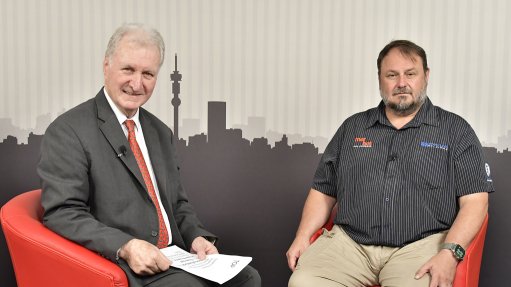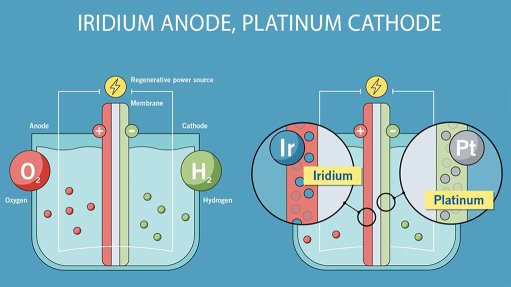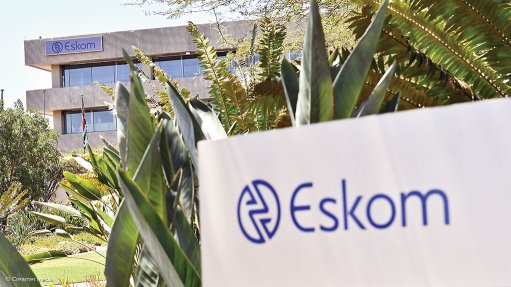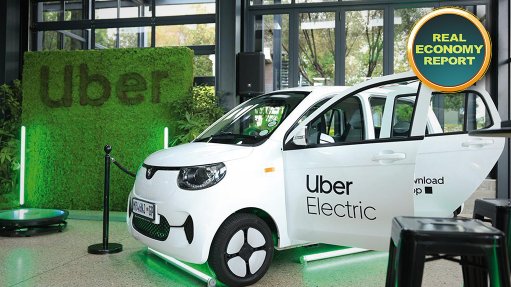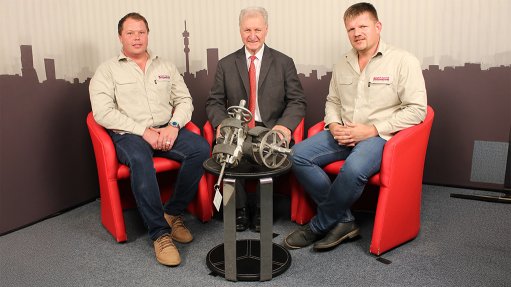Pilot tourism-boosting project floated to grow the industry
A new strategy to reinvigorate tourism in South Africa – the Domestic Tourism Remodelling Model (DTRM) – was highlighted at the 2023 Tourism Research Seminar, hosted by the Department of Tourism on March 24 under the theme ‘Advancing tourism growth and development through research: phase of recovery and building resilience’.
Developed by the University of Pretoria (UP), the DTRM is a pilot project aimed at reinvigorating and refining tourism, to make it a better product, said strategy co-developer and professor in the UP Department of Historical and Heritage Studies Karen Harris.
The DTRM is built on four key pillars for tourism stakeholders to investigate and integrate as appropriate, including building on the iconic, establishing and marketing the un-iconic, tapping into regional multiculturalism and engaging tourist’s senses with local experiences.
“The DTRM looks very simplistic, very straightforward. That is what you need. You do not want to complicate something that actually works. [The DTRM] refocuses . . . revitalises . . . and it re-energises tourism, [all] at a domestic level,” she said.
Harris explained that the DTRM strengthens aspects of an existing or nonexistent tourism product, which she says is critical. “It also . . . makes that tourism product more attractive, more viable, or sustainable, and at the end of the day, more profitable.”
Harris noted that the iconic factors of an existing product or offering are typically those often listed within the top ten things to do when visiting a specific destination, which could be found when searching on the Internet.
“Looking at the iconic, it is the most well-known – these things are usually featured in the popular media, they are well preserved, [but] not in all cases . . . some things have not been kept up to scratch,” she said.
However, the un-iconic are those things that are mostly unknown, the “unidentified, they do not always feature [as] draw cards, they are not well developed; they might even not have infrastructure.
“[The un-iconic attractions] are the unknown attractions, which we need to go and re-invigorate,” stated Harris.
In terms of multiculturalism, she pointed out that South Africa is a rich and diverse society, with a range of languages, traditions and beliefs. “We need to respect these, we also need to get them on board. We need to do what we call ‘multi-inclusionism’, so that you add variety to your product – showcasing all cultures, which will diversify what your attraction has to offer.”
Regarding senses, Harris said providers of tourist attractions needed to develop experiences that engage multiple human senses – taste, smell, sight, touch and hearing. She says that by engaging senses, tourists will leave with a story to tell others and a sense of nostalgia that may drive them back in the future.
“The senses go beyond look and see, it must be a holistic experiential engagement. That is so important. The overall sensory experience [should be made] more encompassing, and [into] an interactive product.
“As soon as your tourist becomes involved, it brings another dimension, a more memorable dimension,” she said.
Harris also noted that it was important to include locals in the development of anything tourism-oriented, and make them “indispensable” in the offering. “They must see the benefit. You have to work with the people in that place, because it is critical that they are part of the whole thing. If they are not, you are not going to get this off the ground.”
In terms of developing locations and potential new tourist hotspots, she says it’s a case of “go[ing] with what you have got, then expand and extend it – that is critical to the process.”
Harris offered an example, by relating a potential tourist-attracting development agenda for the un-iconic, but multicultural and possibly sensory-appealing Northern Cape town of Upington.
She listed the top ten things to do in and around Upington, as compiled from popular tourist webpages.
However, despite listing ten possible things to do and see in Upington, Harris quickly and easily narrowed the list down to only three viable options – all of which involved experiencing wine, beer or brandy.
Among the “top ten things to do in Upington” were activities or locations that were either closed or considerably far from Upington (sometimes up to two hours’ drive away) and of poor value to a long-haul tourist, such as a curio shop or butchery.
“[In short, what] are the reason[s] you are going to get in your car from Pretoria and drive 11 hours to Upington?” she asked.
As a result, Harris said the Upington and Northern Cape tourism industry needs to start “pushing, thinking outside of the box” by trialing and thinking about things that are different but unique to the locale.
In this regard, she said Upington tourism role-players should investigate some local “best-kept secrets”, discuss things they may consider mundane, but special to them. “Give me something of your inherited knowledge. Give me a forgotten treasure. Give me your personal experience.”
With these local ideas and concepts in hand, Harris said locals can act as a catalyst in developing un-iconic, multi-cultural and sensory experiences in Upington to attract tourists.
To get the DTRM implemented in various regions in South Africa, she said participants piloting the project should appoint an apolitical, non-partisan facilitator, who can coordinate between on-the-ground stakeholders from across the board.
Such a facilitator must be “incredibly innovative, must be a lateral thinker, and must be able to think [independently]”, Harris advised.
Article Enquiry
Email Article
Save Article
Feedback
To advertise email advertising@creamermedia.co.za or click here
Comments
Press Office
Announcements
What's On
Subscribe to improve your user experience...
Option 1 (equivalent of R125 a month):
Receive a weekly copy of Creamer Media's Engineering News & Mining Weekly magazine
(print copy for those in South Africa and e-magazine for those outside of South Africa)
Receive daily email newsletters
Access to full search results
Access archive of magazine back copies
Access to Projects in Progress
Access to ONE Research Report of your choice in PDF format
Option 2 (equivalent of R375 a month):
All benefits from Option 1
PLUS
Access to Creamer Media's Research Channel Africa for ALL Research Reports, in PDF format, on various industrial and mining sectors
including Electricity; Water; Energy Transition; Hydrogen; Roads, Rail and Ports; Coal; Gold; Platinum; Battery Metals; etc.
Already a subscriber?
Forgotten your password?
Receive weekly copy of Creamer Media's Engineering News & Mining Weekly magazine (print copy for those in South Africa and e-magazine for those outside of South Africa)
➕
Recieve daily email newsletters
➕
Access to full search results
➕
Access archive of magazine back copies
➕
Access to Projects in Progress
➕
Access to ONE Research Report of your choice in PDF format
RESEARCH CHANNEL AFRICA
R4500 (equivalent of R375 a month)
SUBSCRIBEAll benefits from Option 1
➕
Access to Creamer Media's Research Channel Africa for ALL Research Reports on various industrial and mining sectors, in PDF format, including on:
Electricity
➕
Water
➕
Energy Transition
➕
Hydrogen
➕
Roads, Rail and Ports
➕
Coal
➕
Gold
➕
Platinum
➕
Battery Metals
➕
etc.
Receive all benefits from Option 1 or Option 2 delivered to numerous people at your company
➕
Multiple User names and Passwords for simultaneous log-ins
➕
Intranet integration access to all in your organisation









